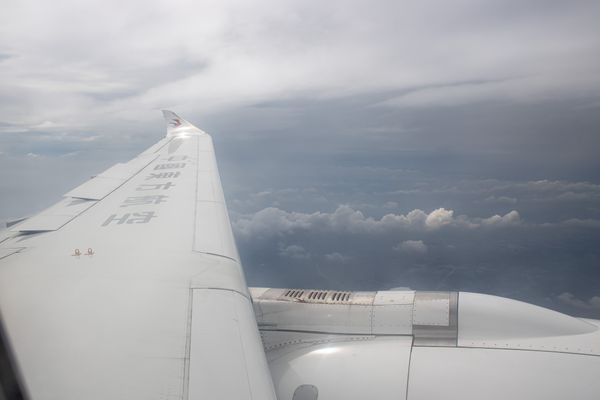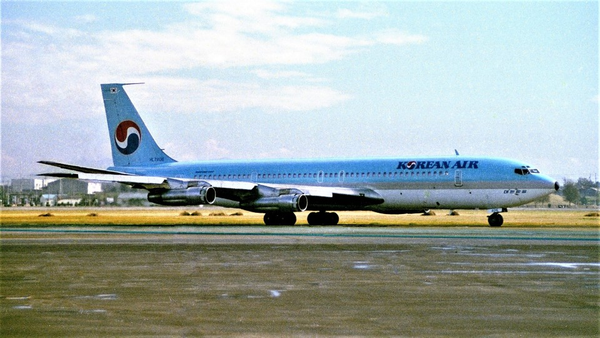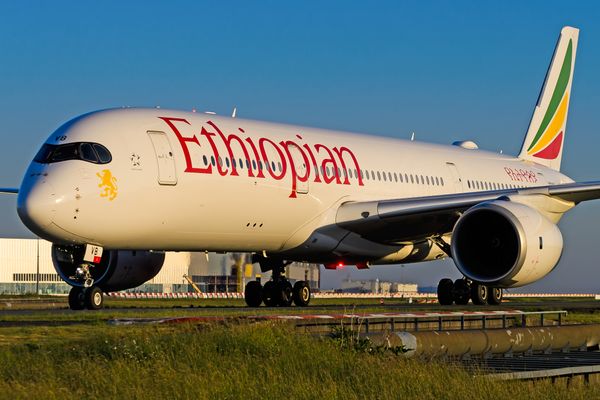The aviation industry is constantly evolving and needs many qualified people to guarantee the efficiency and safety of air travel. Pilots and flight attendants are important field members and must complete training programs to carry out their duties effectively and professionally. For a more convenient reading experience with access to millions of books, check out this reading application.

Pilot Training
Aviation enthusiasts find flying to be an exciting experience worldwide. Training programs designed to prepare aspiring aviators are carefully built to grow aspiring pilots into skilled professionals capable of flying confidently and precisely in any environment. Their curriculum covers various topics, including emergency procedures, navigation skills, aerodynamics and aircraft systems, and aviation history lessons.
Private Pilot License
The first stage in every pilot's training process is obtaining a private pilot license (PPL), which gives holders all the abilities and information required to operate an aircraft for pleasure. PPL training includes the fundamentals of aviation, aerodynamics, aircraft systems, navigation, and flight maneuvers. Students then get hands-on flight experience under the supervision of a qualified flight instructor, which allows them to become proficient in smoothly and accurately handling an aircraft.

Commercial Pilot License
A Commercial Pilot License (CPL) is required for professional pilots who want to begin or continue their employment as professional aviators. Students also get in-depth training in emergency protocols, flight planning, and navigation skills, which equips them for the particular requirements of commercial aviation. The CPL training program strengthens PPL education by refining flight abilities and increasing competency in flight maneuvers.
Instrument Rating
An instrument rating (IR) is an essential part of pilot training for those hoping to fly commercially, particularly those looking at commercial flight aspirations. With this certification, pilots will learn to navigate aircraft solely using flight instruments in adverse weather conditions or low visibility, providing safer flying in adverse and low visibility conditions. Training for an instrument rating includes simulation scenarios for instrument flight practice with precision approaches and procedures designed for conducting safe instrument flight procedures.

Airline Transport Pilot License
The ultimate qualification accessible to pilots looking to work for commercial airlines is the Airline Transport Pilot License (ATPL), which represents the highest standard of pilot training. Three areas essential to commercial aviation's functioning are airline operations, crew resource management, and advanced flight capabilities, all of which are covered in ATPL training. Candidates undergo rigorous training to show they are proficient in various commercial aviation-related topics, including complicated aircraft systems, flight planning under duress, and making decisions under time restrictions.
Flight Attendant Training
In the aviation industry, flight attendants are essential because they give passengers comfort, safety, and security during their journey. Training programs are created especially to prepare people for work as flight attendants, and they are intended to cover every scenario that might come up while they're doing their tasks in flight, from handling emergency circumstances to giving exceptional customer service.

Safety and Emergency Procedures
Safety in aviation is of utmost importance, so flight attendant training starts by providing comprehensive instruction in safety and emergency procedures. Candidates learn to operate emergency equipment, evacuate aircraft in different circumstances, administer first aid treatment to passengers as necessary, and respond appropriately to security threats onboard aircraft. Particular emphasis is given to maintaining calm communication during emergencies to protect passenger safety and crew welfare.
Customer Service Hospitality
Flight attendants undergo customer service and hospitality training to create an exceptional passenger experience onboard the plane. Training topics may include passenger interaction, conflict resolution, cultural sensitivity, and service etiquette; flight attendants learn how to anticipate and meet passenger needs efficiently and professionally while creating a welcoming atmosphere onboard.

Cabin Crew Resource Management Training
CRM training is the cornerstone of flight attendant education, emphasizing teamwork, communication, and situational awareness. Flight attendants learn to collaborate effectively with fellow crew members during inflight operations while communicating efficiently in flight operations and managing challenging situations collaboratively. CRM training facilitates crew coordination and decision-making, contributing to safety and efficiency during operations.
Cultural and Language Skills
Due to the international nature of air travel, flight attendants receive training in cultural awareness and language proficiency to effectively interact with passengers from diverse backgrounds. Training may cover cultural customs and norms and basic proficiency in common passenger languages spoken onboard. If you need professional writing assistance, see writepaperfor.me. Flight attendants strive to foster inclusivity and respect cultural diversity onboard to ensure that each passenger feels welcomed throughout their journey.

Conclusion: Navigating the Skies Skillfully
Professional aviation training is indispensable to successful flight attendants and pilot careers. Pilot programs equip aspiring aviators with the knowledge, skills, and experience for precision flying. In contrast, flight attendant courses equip individuals to ensure passenger security and comfort through exceptional inflight service delivery. Pilots and flight attendants together navigate the skies with precision and professionalism on behalf of excellent aviation.
Mexican Medical Plane Crashes in Galveston Bay During Rescue Mission » End of an Era: JetBlue's Farewell to the Embraer E190 » US Air Force to Launch New Experimental One-Way Attack Drone Unit »
Comments (0)
Add Your Comment
SHARE
TAGS
INFORMATIONAL Flight Training Pilot Commercial Airline Pilot Safety Aviation Commercial AviationRECENTLY PUBLISHED
 VIDEO: What It's Like Onboard China's COMAC C919
We flew onboard China Eastern's COMAC C919 to experience China's homegrown narrow-body up close. From seat comfort to cabin layout to noise levels to tech: how does it really compare with the Boeing 737 and Airbus A320? This review puts all three workhorses under the same spotlight.
TRIP REPORTS
READ MORE »
VIDEO: What It's Like Onboard China's COMAC C919
We flew onboard China Eastern's COMAC C919 to experience China's homegrown narrow-body up close. From seat comfort to cabin layout to noise levels to tech: how does it really compare with the Boeing 737 and Airbus A320? This review puts all three workhorses under the same spotlight.
TRIP REPORTS
READ MORE »
 KAL858: The North Korean Bombing that Shocked the World
Among the 99 passengers boarding Korean Air Flight 858 on November 29, 1987, few could imagine their journey would end as one of aviation's darkest mysteries.
STORIES
READ MORE »
KAL858: The North Korean Bombing that Shocked the World
Among the 99 passengers boarding Korean Air Flight 858 on November 29, 1987, few could imagine their journey would end as one of aviation's darkest mysteries.
STORIES
READ MORE »
 Ghost Networks: The Rise, Fall, and Revival of Fifth-Freedom Flights
Fifth-freedom flights — routes where an airline flies between two countries outside its home base — have always lived in aviation's twilight zone. We chart their rise, their near-disappearance, and the surprising markets where they still thrive today. Then we take you on board a special Seoul-Tokyo fifth-freedom flight to show how the experience stacks up against a typical regional carrier.
TRIP REPORTS
READ MORE »
Ghost Networks: The Rise, Fall, and Revival of Fifth-Freedom Flights
Fifth-freedom flights — routes where an airline flies between two countries outside its home base — have always lived in aviation's twilight zone. We chart their rise, their near-disappearance, and the surprising markets where they still thrive today. Then we take you on board a special Seoul-Tokyo fifth-freedom flight to show how the experience stacks up against a typical regional carrier.
TRIP REPORTS
READ MORE »



